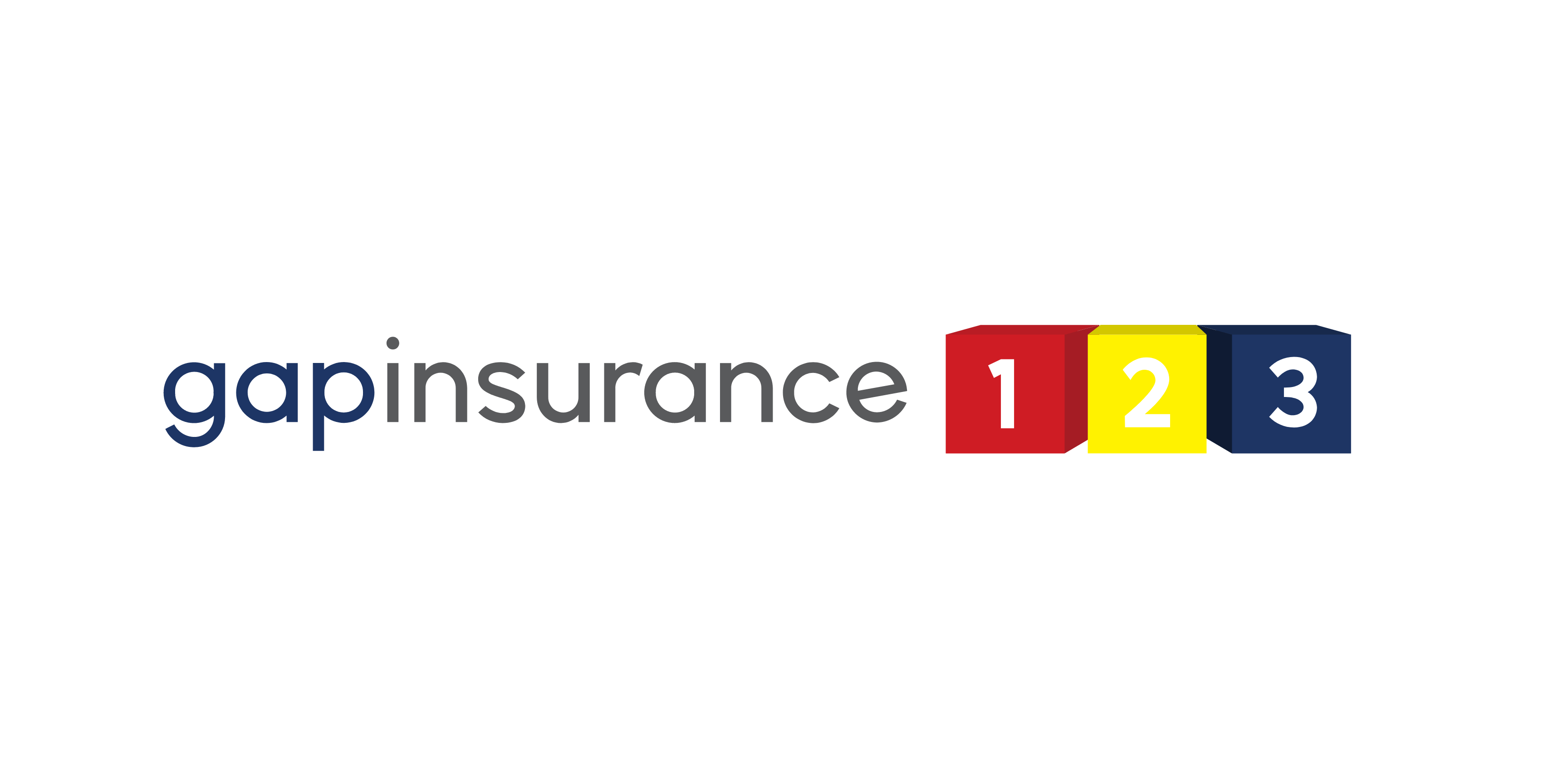Call Monday-Friday 9am - 6pm Closed Saturday & Sunday
Please select some policies.



Need Help? Calling from a mobile please call 0151 647 7556
0800 195 4926 / 0151 647 7556Do you have a question? or need help?
Call Monday-Friday 9am - 6pm Closed Saturday & Sunday,
When purchasing a vehicle, it's crucial to consider various forms of insurance coverage to protect your investment. One such type of insurance is Guaranteed Asset Protection (GAP) insurance.
Here we will explore the particular subject of when you can buy GAP Insurance. Do you have to buy GAP insurance coverage before you buy your car? If not, when is best to purchase cover?
Can you buy GAP Insurance after you buy the car?
When should you buy GAP Insurance?
GAP insurance is a form of coverage designed to protect vehicle owners from the financial consequences of a total loss declaration if the car is written off or stolen. GAP Insurance can top up your market value settlement from your car insurance.
Whether you buy, finance or lease a vehicle, the vehicle will depreciate over a period of time. 
If the car is stolen or declared a total loss in an accident, fire or theft, your main car insurance provider will only cover the then cash value of the vehicle. This is called the market value and reflects the age and mileage of the car at that time.
This could leave you with a "GAP" between the insurance payout and the remaining balance on your loan or lease, which you would still be responsible for paying, or the car's replacement cost.
This 'GAP' is caused by the car's depreciation since the time you first got it.
This is where GAP insurance can step in. You could look at different types of GAP Insurance, and they can top you up in different ways. The aim is to ensure you're not left with a financial burden in the event of a total loss or theft.
Examples of how different GAP Insurance products can help you:
Return to invoice GAP insurance- tops up the settlement from the car insurer to the price you originally paid for the car.
Lease GAP insurance/Contract Hire GAP Insurance - tops up the current market value settlement from the car insurer to the outstanding finance settlement for the lease.
Vehicle Replacement GAP insurance - tops up the market value settlement from the car insurance company to the cost of the equivalent replacement car. If it were a brand new car you originally bought, then the replacement vehicle cost would be based on a brand new car at the time you claim.
GAP insurance is beneficial in several situations, including:
If you decide to purchase GAP cover, then most providers have different windows when you can buy GAP products.
The timeframe for purchasing GAP insurance after buying a car varies depending on the provider. Generally, you can purchase GAP insurance within a few days to a year after buying a vehicle.
The opportunity to buy GAP cover from your motor dealer might be short, say within 30 days of purchasing your vehicle.
If you are looking to buy GAP protection from an independent provider, like GAPInsurance123, you can get cover within 180 days of the vehicle purchase for most products.
Yes. You can set up a GAP policy once you know your vehicle details and the date you will collect the vehicle. You can simply set the policy's start date as the date you collect the car.
If something was to happen to delay, postpone or even cancel your vehicle purchase, then GAP Insurance products have a cooling-off period. This means you can cancel the cover and get a refund on your premium.
You might want to delay getting GAP Insurance coverage for many reasons. Some examples include:
It's essential to research and compare different GAP insurance providers to ensure that you can find a solution to your GAP cover.
In most cases, GAP Insurance providers require that you buy coverage within 180 days from the vehicle purchase. 
However, if you purchase a brand new car, some motor insurers will provide a 'new for old' replacement cover in the first 12 months.
So if your comprehensive motor insurance policy covers you for a replacement car in the first year, but you have to buy GAP insurance within 180 days, then what do you do?
Setting a 'deferred start date' on your GAP cover is the answer.
This means you buy the GAP cover within the timeframe required by the GAP Insurance provider but set the start date of the GAP policy to coincide with the end of the motor insurer's 'new car replacement' cover.
While not as common, some GAP insurance providers offer coverage for vehicles older than 12 months. These providers may have specific requirements related to the age or mileage of the car or the remaining balance on the loan or lease. It's essential to carefully review the terms and conditions of these policies before purchasing GAP insurance after 12 months.
In general, you cannot purchase GAP insurance whenever you want. Most insurance providers have specific timeframes and eligibility requirements for GAP insurance coverage. These requirements may include:
There may be exceptions or exceptional circumstances where an insurance provider allows purchasing GAP insurance outside their standard eligibility requirements.
However, these cases are relatively rare, and you must discuss your options with the insurance provider to determine if you qualify.
This is an excellent question. Many well-regarded reports online from Money Super Market and Money Saving Expert have stated that GAP Insurance may be unnecessary if you have replacement cover with your motor insurer.
We would add a note of caution on taking this advice in isolation.
Not all motor insurers offer new car replacement cover. Even if they do, they will have terms and significant exclusions you could fall foul of.
What happens at the end of 12 months?
The comments in these reports do not consider what happens at the end of year 1. It would be foolish to assume that all GAP Insurance providers will allow you to take the top levels of cover after 12 months of ownership. Many consumers may want cover for the second and third years and more of their ownership.
Some may have you believe that new car GAP Insurance is not required, but if you intend to keep your vehicle for some time, then taking such advice could leave you with a problem.

There is little doubt that buying GAP Insurance at the same time you buy the car will provide you with the best choice of cover. It would help to have top-level RTI or VRI coverage for a vehicle you purchased or took on HP or PCP.
Even where you have new for an old replacement cover, if you are unsure if your motor insurer will pay out for a new car, you could have your GAP running in the background. Some may say this is effectively 'double cover', but it would mean your GAP cover can step in if your motor insurer does not.
Different providers will have different coverage options. As mentioned above, some could provide an Invoice or Replacement GAP, but there are likely to be restrictions if this is the case.
If these options are unavailable, there may still be a couple of options, albeit not offering the same maximum cover.
This is a potential option for vehicles owned for more than 180 days, but it may offer you a different settlement size than a Return to Invoice or Vehicle Replacement GAP could.
Agreed Value GAP, also known as Return to Value GAP, can increase your motor insurer's settlement offer when the car is stolen or written off back to the vehicle's value on the day you bought the GAP cover.
As the GAP cover is purchased after a year of ownership, the agreed value set will be less than the vehicle's original purchase price, for example. So, therefore, the 'GAP' is smaller, and the financial settlement to you reflects this.
Finance GAP cover is sometimes available after 180 days. This is, however, quite a limited style of cover. Finance GAP is designed to cover any negative equity (the shortfall between the motor insurers' settlement and the outstanding balance on your finance settlement) when the vehicle is written off.
If you have put a large deposit into the agreement or you are close to the end of the agreement, then no negative equity may even exist. This is why this may have limited benefits or no benefits at all.
This is typically a simple 'top-up' GAP product that can be bought annually. It can top up your motor insurers' settlement, at the point of loss, by 25%, capped at a maximum of £10,000.
For example, if your car is stolen and the motor insurer settles the cost for a like-for-like replacement at £30,000, an extra £7,500 can be added as a 'top up'.
This type of GAP cover is available to a broad range of cars in the market, although some providers have a maximum age limit for any vehicle on the cover.
We offer this GAP insurance type on our sister websites at Total Loss GAP and Easy GAP.
There can be several reasons why insurers look to put a timescale in place for buying most GAP products. The key aspect is that your vehicle will begin to depreciate from the day you collect it.
Suppose you could buy a Return to Invoice or Vehicle Replacement GAP product two, three or more years later. In that case, that insurer is immediately taking a risk for the vehicle's depreciation for the time already lapsed.
For example, if you buy a car for £30,000 and buy a GAP policy two years later to return you to the invoice price, then the vehicle may have already depreciated to, say, £18,000. This means if your car is stolen the next day, the insurer is looking to pay out £12,000 in a GAP Insurance claim.
Whilst this could happen completely innocently, it could also be a process open to fraud where claims could be made for incidents that already happened or are planned to happen.
This will depend on your policy terms and conditions.
Some GAP Insurance policies, like Return to Invoice and Vehicle Replacement GAP, can usually be transferred to another qualifying vehicle during the policy term. This may be subject to specific criteria being met like the purchase price of the car is no more expensive than the original vehicle.
Some GAP insurance policies are typically tied to the specific vehicle and loan or lease agreement for which they were initially purchased. As a result, these GAP insurance policies may be non-transferable to a new car. If you buy or lease a new vehicle and want GAP insurance coverage, you must purchase a new vehicle policy.
However, all GAP insurance providers may offer a credit or refund for the unused portion of your existing policy if you decide to cancel it early due to a vehicle change.

If you pay off your loan early, you may be eligible for a partial or pro-rata refund of your GAP insurance premium. The refund amount will depend on your policy's specific terms and conditions and the time remaining on the coverage.
However, check with your GAP Insurance provider that cancelling is not giving up a valuable benefit. For example, if you took out a Return to Invoice GAP on a vehicle purchased on a PCP, then RTI GAP also has benefits for vehicles owned outright. If you pay off your PCP early, an RTI GAP can cover you back to the original price you paid, with no deduction for your PCP settlement.
Yes, you can often buy GAP Insurance more cheaply online than through your car dealership. You should also get a broader window to purchase cover from an online provider. This means you have more time to compare the GAP insurance quote from your dealer to those from online providers.
The cost of GAP insurance can vary depending on several factors. One of these factors is when you buy cover. This is because the longer you leave purchasing a policy, the less potential choice you have.
Buying GAP Insurance when you buy the car should allow you access to nearly every GAP Insurer in the market.
If you have a new or old replacement cover with your motor insurer, you could save by deferring your GAP cover and taking one year less cover than you could have by starting at the end of year one.
Some motor insurers do offer a form of standalone GAP Insurance. This is often the top-up GAP style we detailed above. Generally, the best choice of GAP cover will be found with independent or standalone providers.
Get a GAP Insurance Quote in minutes.
See all our GAP Insurance Guides.
Updated 12/5/2025, written by Mark Griffiths